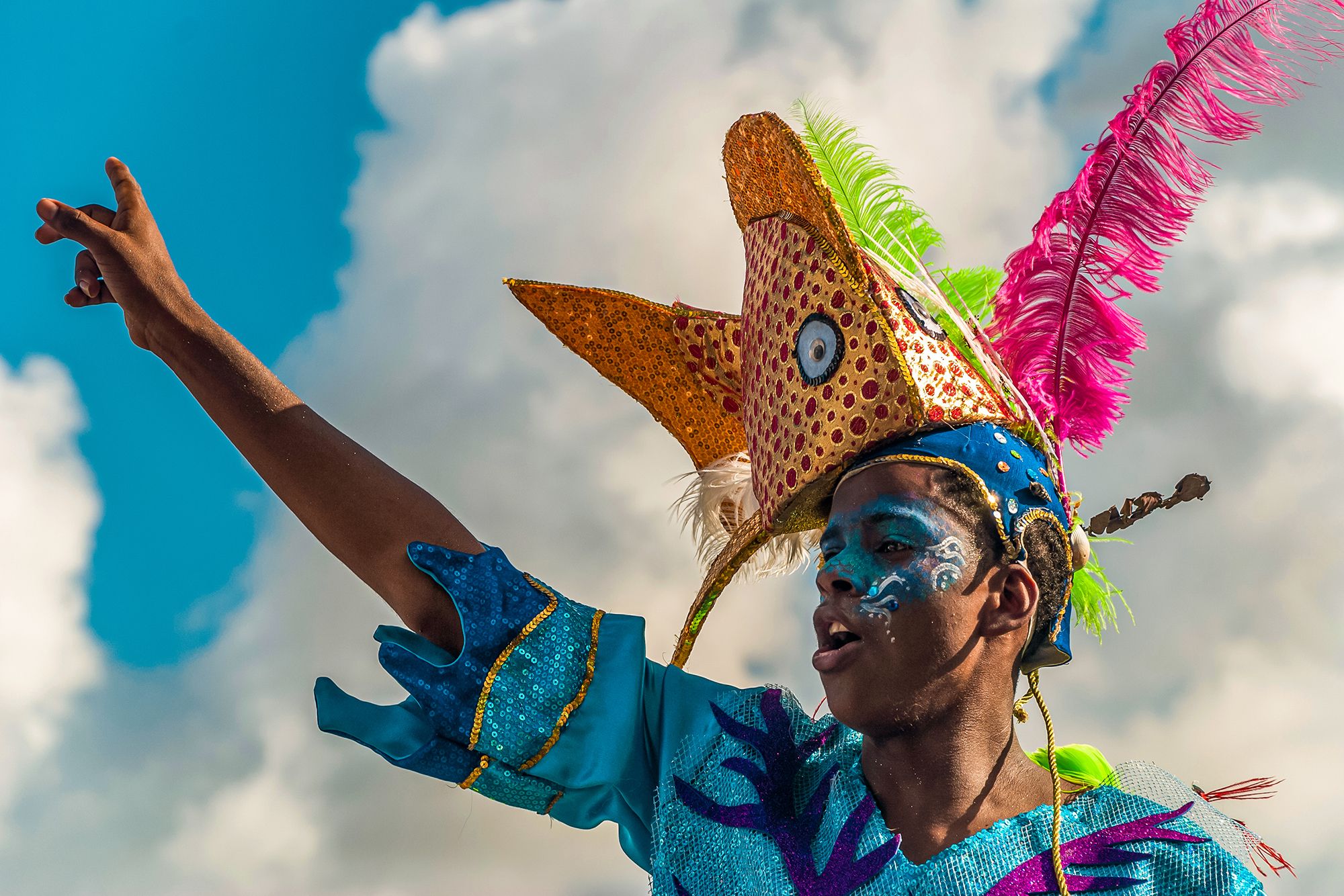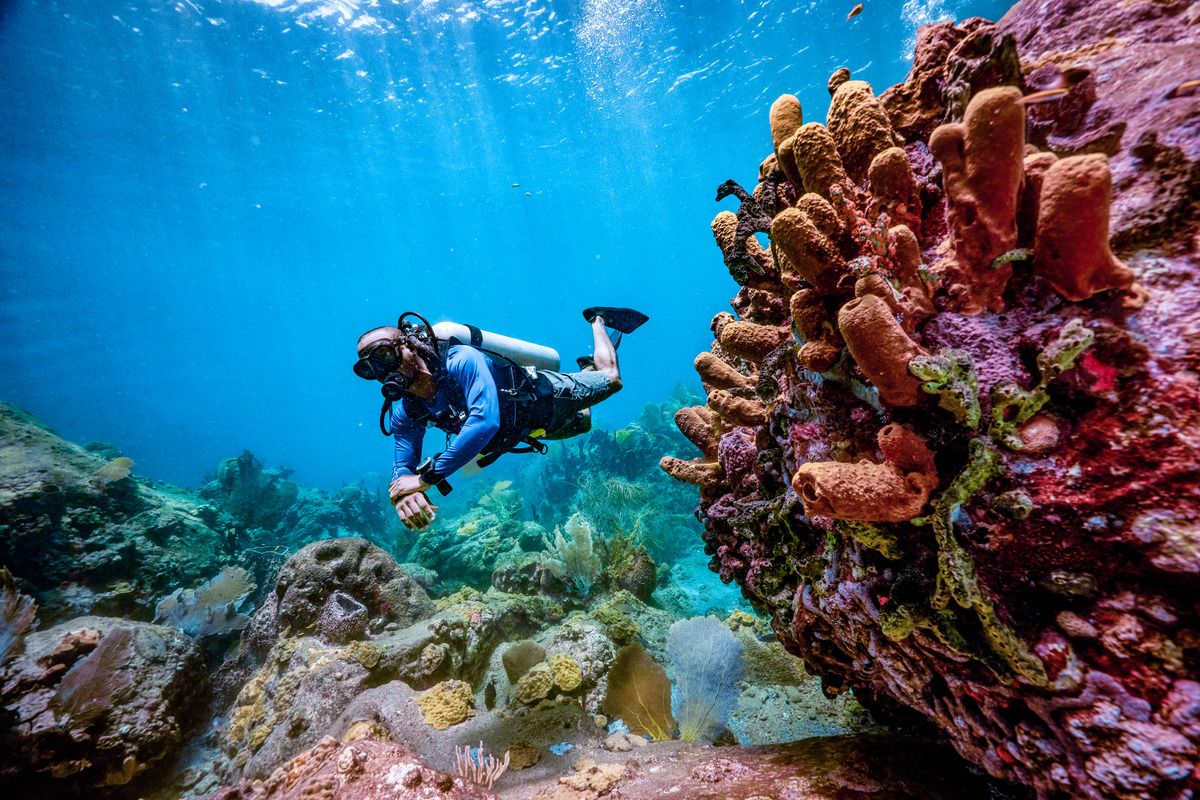5 Most Beautiful Caves in Jamaica
Jamaica is well-known for its beaches and natural attractions around the world. With the likes of Negril and Montego Bay, this Caribbean island nation is a top destination for beach-goers and vacationers, especially for those interested in all-inclusive resorts.
Jamaica’s peculiar landscape stems from its volcanic nature and a large lime-stone plateau covers almost 70% of the island. Thanks to this, there are hundreds of Jamaican caves and caverns scattered throughout the island and ready for visitors to explore.
Let’s take a look at some of the most beautiful caves in Jamaica.
1. Blue Hole Mineral Spring
True to its name, the Blue Hole Mineral Spring is well, a hole encased by Karst limestone and filled up with clear blue waters.
The spot is located about 30 minutes away from Negril and tour companies take groups of visitors here on a regular basis. At 24 feet below the ground, this Jamaica cave is a fun activity for the adventurous and the laid-back alike. Visitors can either jump into the chilly water of the spring – it’s safe since it is 35 feet deep - or they can descend using the ladder installed on one of the sides.
There are areas for sitting around the spring and the mineral water is considered to have therapeutic properties. Where the sun shines through the whole, the water turns a striking blue-green color, making it almost impossible not to get in for a swim. However, for those who are feeling a little off climbing into the cave, you can also enjoy the mineral waters in the pool located just beside the Blue Hole.
2. Green Grotto Caves
Located between Montego Bay and Ocho Rios, Green Grotto Caves are quite a different experience from the Blue Hole, and get their name from the green moss that grows on these island caves walls. Some of the most visited caves in Jamaica, the Green Grotto is a large complex of caves interconnect among each other and offering a top notch attraction for history buffs and nature lovers alike.
The tour through the actual caves typically last about an hour or two and takes visitors to see the fascinating stalagmites and stalactites, as well as other rock formations. You might also catch a glimpse of one of many species of bats that live inside, among other fauna.
The interesting bit about the Green Grotto is the fact that it’s had many names and uses in the past. The first indigenous peoples of Jamaica are said to have used this as a hiding space, as did the Spanish when the English took over the island, as well as runaway slaves later on. Another point of historical significance of the Green Grotto Caves was their use in providing a hidden spot for arms smuggling into Cuba between the two world wars.
3. The Throne Room
For our next Jamaica cave, we head back to Negril, this time for some diving. The depth here can range between 40 to 70 feet, and divers will begin their journey to the Throne Room at a crack in the reef formation.
Through it, you enter a cavern that’s about 25 feet long and 8 feet wide. Inside, all sorts of wonders await. Colorful sponges, eels, octopus, barracuda, turtles, nursing sharks, snappers, sting rays, and varied tropical fish all live in the reef.
However the main attraction, and the reason the dive spot got its name, are the large orange sponges called the orange elephant ear sponge, whose shape somewhat resembles a throne. These inhabit the inner part of the cavern – hence The Throne Room. After enjoying the views, divers can swim out the other side of the cavern and come up into the open air.
4. Widowmaker’s Cave
If you are in Montego Bay, there is no shortage of dive sites either. While the name Widowmaker’s Cave may not be the most appealing, it’s definitely an exciting site for all levels of divers.
Those who choose to venture out here will be rewarded with stunning views of soft corals, red polyps, sponges and numerous schools of fish, including angelfish, snappers, groupers and others. The shape of the cave means that you can dive in from the top or the bottom depending on your level of experience in diving, and to come back up, you’ll need to go through a 10-foot chimney-like tunnel.
5. Cave of Refuge
Our final destination is the Cave of Refuge, located near the Green Grotto Caves between Montego Bay and Ocho Rios, not far from Duncans.
This cave is located on land and offers some interesting insight into the history of Jamaica. The name stems from its connection with runaway slaves, who used the extensive cave network in Jamaica to find refuge and hide from the authorities. To reach the Cave of Refuge, you’ll have to go on a short hike and later descend into the cave, to find a spacious and beautiful interior of the cave.
There is no shortage of caves in the Caribbean, due to the volcanic nature of many of the region’s islands. Jamaica offers up a good selection for caving, from hiking and trekking through land caves to diving under the water to explore marine life inside the reef caves.



